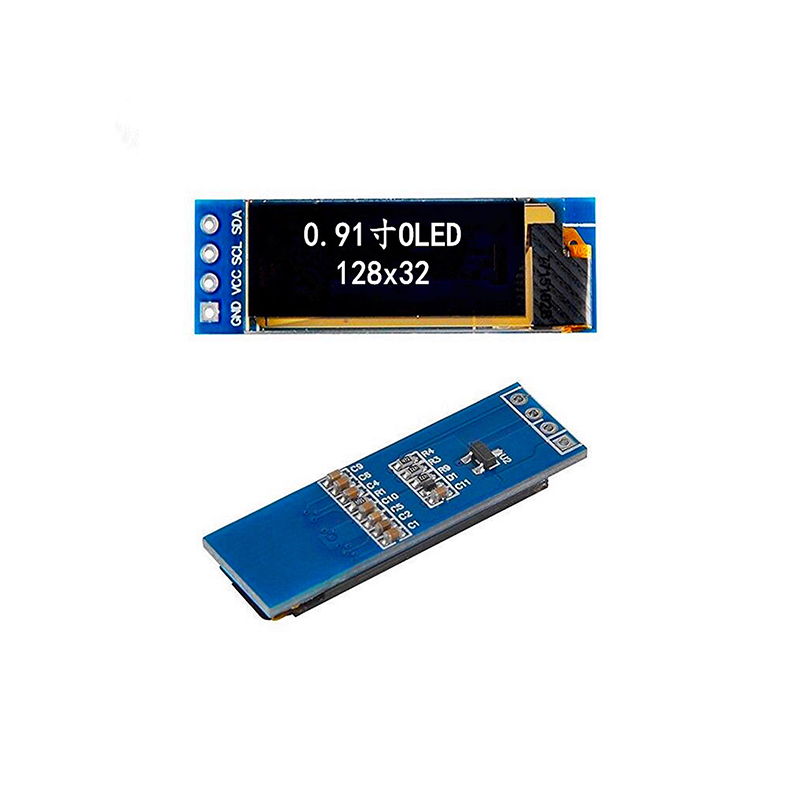
Choosing the right TFT display for your Arduino Mega project can be overwhelming, given the vast array of options available. This guide cuts through the noise, providing a detailed comparison of top-performing Arduino Mega TFT display products based on factors like resolution, color depth, interface, and ease of use. Whether you're a seasoned Arduino expert or just starting out, this resource will equip you with the knowledge to select the ideal display for your needs.
The resolution (measured in pixels, e.g., 320x240) and physical size of the display are fundamental considerations. Higher resolution offers sharper images and more detail, but often comes with a higher price and increased power consumption. Consider the space constraints of your project and the level of detail required for your application. A smaller display might be ideal for a portable device, while a larger one is better suited for a desktop application.
Color depth refers to the number of bits used to represent each pixel's color. Higher color depth (e.g., 16-bit or 24-bit) results in richer, more vibrant colors. However, this also increases the memory requirements and processing power needed by the Arduino Mega. Consider the complexity of the visuals you'll be displaying; a simple display might only need 16-bit color, while a complex graphic interface could benefit from 24-bit or even higher.
The display's interface determines how it communicates with the Arduino Mega. Common interfaces include SPI and I2C. SPI generally offers higher bandwidth and is suitable for high-resolution displays, while I2C is simpler to implement but may be limited in bandwidth. The choice depends on your project's complexity and the performance requirements of your display.
Many Arduino Mega TFT display products offer integrated touchscreen functionality, providing a more intuitive user interface. If interactive capabilities are crucial for your project, a touchscreen display is a valuable asset. Consider the type of touchscreen (resistive or capacitive) and its accuracy. Capacitive touchscreens generally provide a more responsive and pleasant user experience.
This section will analyze several popular Arduino Mega TFT display products. Keep in mind that specific features and availability can change, so always check the manufacturer's website for the most up-to-date information. We will focus on key specifications to facilitate your decision-making process.
| Product | Resolution | Color Depth | Interface | Touchscreen |
|---|---|---|---|---|
| ILI9341 3.2 TFT Display | 320x240 | 16-bit | SPI | Optional |
| ST7735 1.8 TFT Display | 128x160 | 16-bit | SPI | No |
| ILI9488 5 TFT Display | 800x480 | 16-bit | SPI | Optional |
Successfully integrating a Arduino Mega TFT display product requires careful consideration of several factors, including library selection, wiring, and power management. Ensure proper grounding and adequate power supply to avoid glitches or malfunctions. Using a suitable library, like Adafruit_TFTLCD or UTFT, simplifies the coding process and enhances compatibility. Thoroughly consult the product’s documentation for detailed instructions and troubleshooting guidance.
For further assistance and a wide selection of high-quality displays, consider exploring resources like Dalian Eastern Display Co., Ltd., a reputable supplier of LCD displays and modules. Their comprehensive catalog offers various options to suit different project needs.
Remember to always refer to the official datasheets and documentation for the specific Arduino Mega TFT display product you choose to ensure proper integration and optimal performance.












